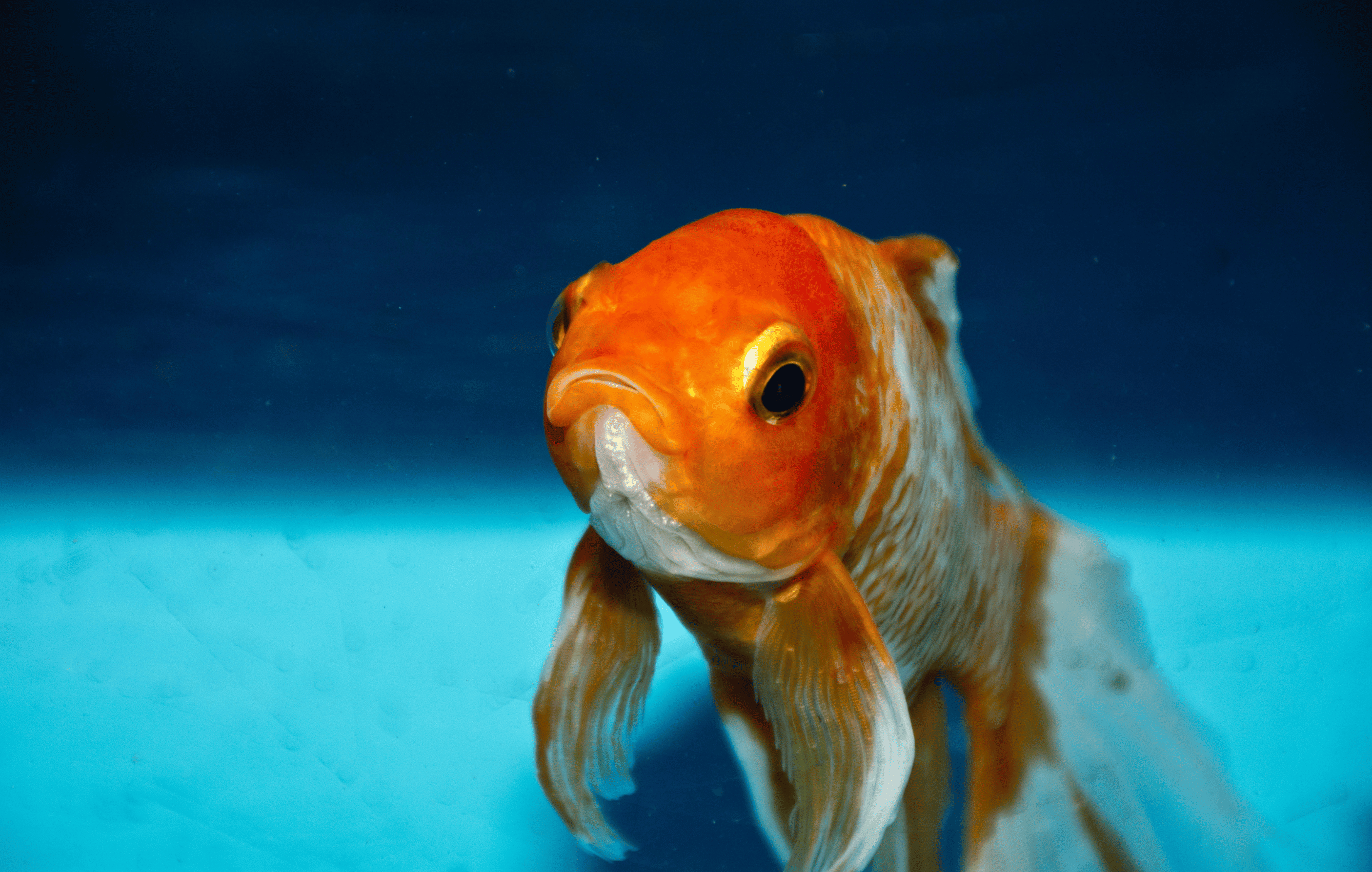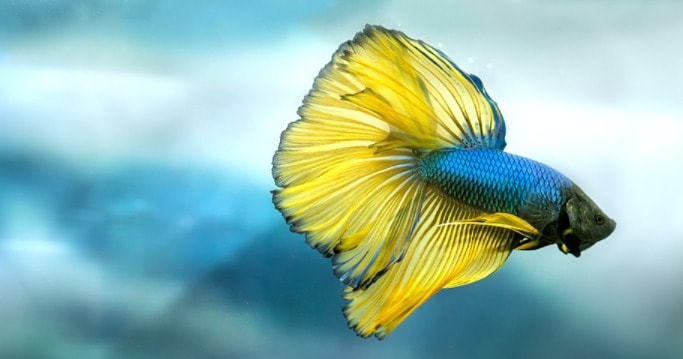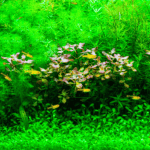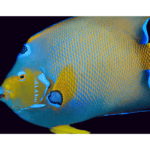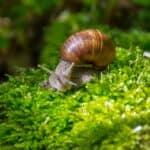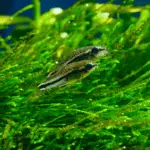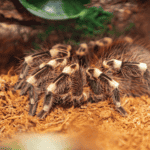Goldfish are fascinating creatures, and while it may seem like a peculiar subject, the topic of goldfish poop can unveil useful insights about their health and wellbeing. Observing the appearance of waste expelled by pet goldfish can be a valuable method in detecting potential dietary concerns or infections that may impact their overall health.
Goldfish poop typically reflects whatever the goldfish has been consuming. For instance, a diet high in meat may result in pinkish waste, while a primarily vegetation-based diet produces green feces. Red-brown feces are common when goldfish consume flakes and pellets. The way goldfish excrement appears can also indicate the presence of internal parasites, bacterial infections, or an inadequate diet, with white, stringy waste often serving as a warning sign.
By familiarizing oneself with the colors and normal appearance of goldfish poop, pet owners can catch early signs of potential health issues and take appropriate measures to address them. Regularly monitoring the waste of goldfish is a simple, yet effective practice in ensuring their wellbeing.
Understanding Goldfish Poop
Normal and Healthy Goldfish Poop
A normal and healthy goldfish poop should be dark greenish-brown in color and stringy in texture. The color and appearance of the poop can be influenced by the type of food the fish has been eating. For example:
- If the goldfish has been eating a diet rich in meat, their poop may have a pinkish hue.
- When they consume a lot of vegetation, the poop will be green.
- If they mainly have a diet of flakes and pellets, the poop will turn red/brown.
It’s essential to monitor your goldfish’s poop regularly, as it can provide insights into their overall health and well-being.
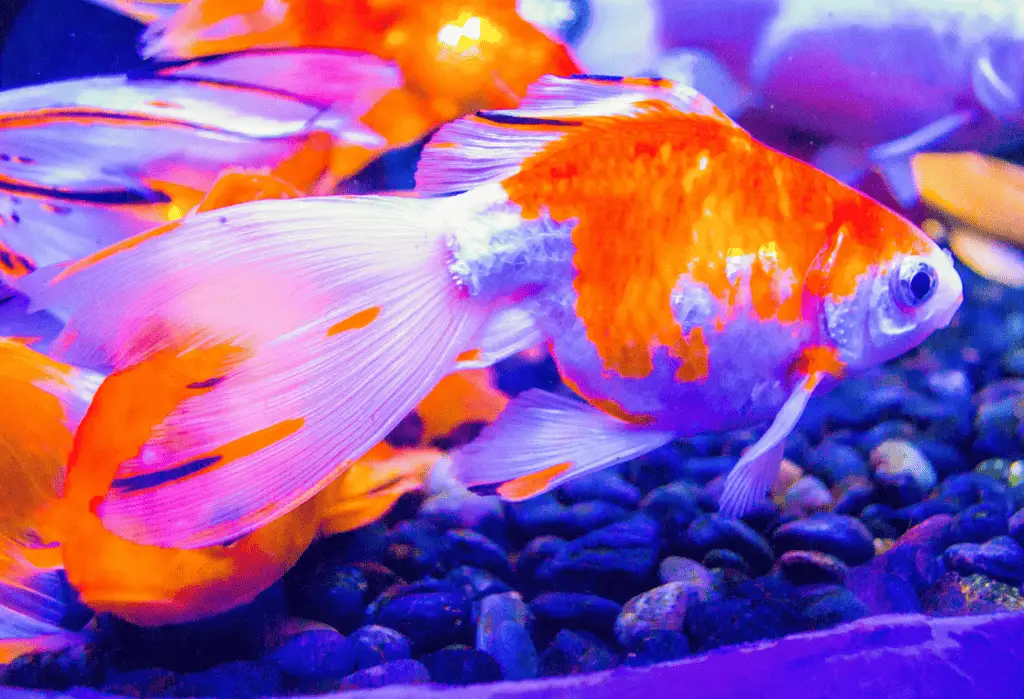
Signs of Unhealthy Goldfish Poop
Although goldfish poop should be dark greenish-brown, there are instances when the poop changes colors, indicating an issue with the fish’s health. Some of the common unhealthy goldfish poop colors and their possible causes are:
- White and stringy poop: This could be a sign of poor diet, internal bacterial infection, or parasitic infections, such as roundworms or tapeworms. It’s essential to address these issues promptly to prevent further harm to the goldfish.
- Yellow or red poop: These colors in the poop may indicate an internal health issue that needs to be investigated. Sometimes, red poop can be a result of a high protein diet but should not be ignored.
- Black poop: Black poop may be an indication of constipation or a severe digestive issue. It’s essential to consult a veterinarian specialized in fish to determine the cause and appropriate treatment.
To maintain the health of your goldfish, ensure they have a proper diet consisting of a mix of tropical flakes, meat, live foods, and plant matter. Regularly observe their poop to detect any abnormalities, and address any issues that arise as soon as possible.
Causes of Abnormal Goldfish Poop
Poor Diet and Overfeeding
A poor diet can lead to abnormal goldfish poop. Feeding goldfish a well-balanced diet that includes tropical flakes, meat, live foods, and plant matter is essential. Overfeeding can also cause abnormal poop, as it can lead to constipation or other digestive issues. Provide an appropriate amount of food to prevent such problems.
Constipation
Constipation in goldfish can cause long, stringy poop. To avoid this issue, ensure that:
- The fish receive a balanced diet
- The fish are fed regularly but not overfed
Bacterial Infections
Internal bacterial infections can cause goldfish to excrete white and stringy poop. It’s crucial to monitor your goldfish’s behavior and waste appearance to detect any possible infections. If you suspect a bacterial infection, consult a veterinarian for appropriate treatment.
Parasites
Parasitic infections can also lead to white, stringy poop in goldfish. Identifying and treating these infections in a timely manner is crucial to keeping your fish healthy.
Swim Bladder Issues
Goldfish are physostomous fish, which means that they have a duct between their esophagus and swim bladder. They inflate their swim bladder by swallowing air to rise in the water column. Swim bladder issues can lead to buoyancy disorders, which can cause abnormal poop. Monitor your goldfish’s swimming behavior to detect any signs of swim bladder issues.
Water Quality Problems
Maintaining proper water quality is essential for goldfish health. Factors like ammonia levels, pH balance, and temperature can impact a goldfish’s digestive system and waste production. Monitor and maintain these parameters to ensure a healthy environment:
- Ammonia: Keep the ammonia level at 0 ppm
- pH: Maintain a pH level between 7.0-8.4
- Temperature: Optimal temperature range for goldfish is 65-75°F (18-24°C)
Diagnosing and Treating Goldfish Poop Issues
Veterinary Assistance
If your goldfish is exhibiting symptoms of illness, such as discolored or abnormal poops, it’s crucial to consult with a vet who specializes in fish care. They can accurately diagnose the underlying issue and recommend appropriate treatments, which may include antibiotics or other medications. Be prepared to provide important information about your goldfish’s living conditions and typical diet to aid the vet in their assessment.
Home Remedies
In some cases, goldfish issues may be addressed with home remedies. Here are a few suggestions to try:
- Check your ammonia levels, and if necessary, perform a water change to ensure a healthier environment for your goldfish.
- If your goldfish has buoyancy disorders, consider feeding them a mixture of cooked peas (with skins removed) as a temporary aid.
*Note: Home remedies should never replace the advice of a vet, and it’s important to closely monitor your goldfish’s condition to ensure proper treatment.
Preventative Measures
To maintain optimal health and minimize the risk of poop issues, goldfish owners can adopt several preventative measures:
- Water Quality: Maintain clean, healthy water conditions by regularly testing and adjusting ammonia, nitrate, and pH levels. Perform frequent water changes and use proper filtration systems.
- Diet: Feed your goldfish a well-balanced diet, including a mix of high-quality flakes or pellets, vegetables, and occasional live or frozen foods.
- Quarantine: Introduce new goldfish to a quarantine tank before adding them to the main aquarium, to monitor for signs of illness and prevent the spread to other fish.
- Aeration: Use an air bubbler or air stone to ensure adequate oxygen levels within the tank, which promotes overall health.
By following these guidelines, goldfish owners can minimize the occurrence of common poop issues and maintain a healthier environment for their fish.
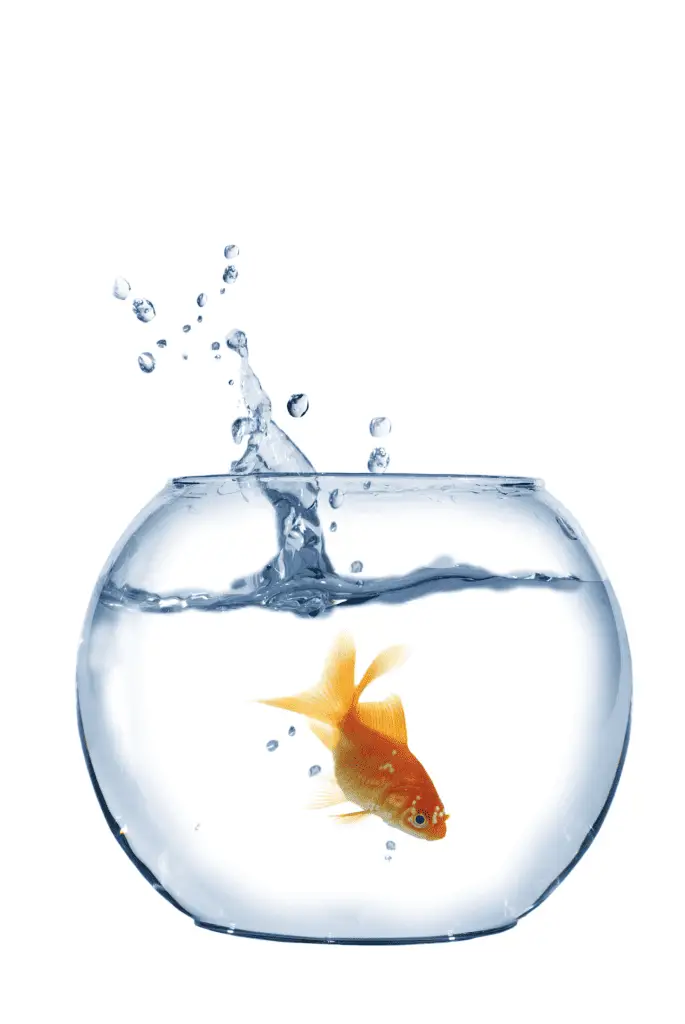
Maintaining a Healthy Goldfish Aquarium
Water Temperature and Oxygen Levels
Goldfish are cold-water fish, and maintaining the right water temperature is essential for their well-being. Keep the water temperature between 65-75°F (18-24°C) to support their metabolism and digestion. Use a thermometer to monitor the temperature regularly.
Low oxygen levels can stress goldfish, leading to poor health and a possible increase in waste production, including abnormal poop. Ensure proper oxygenation by installing an air pump in the tank to aid water circulation and gas exchange.
Proper Feeding Practices
Feeding goldfish a proper diet not only keeps them healthy but also results in normal waste production. Goldfish diets should consist of:
- Pellet food, which should be the main staple of their diet.
- Live food, such as brine shrimp, bloodworms, and daphnia, offered occasionally.
- Plant matter like boiled peas, spinach, and lettuce for added nutrients.
By offering a varied diet, goldfish will have the appropriate nutrients required for healthy digestion, which in turn leads to regular and normal poop.
Additionally, avoid overfeeding your goldfish, as it may result in digestive issues and excess waste. Feed them small amounts of food 2-3 times a day, and remove any uneaten food to maintain good water quality.
Tank Companions and Compatibility
Goldfish thrive in a community environment, but not all aquatic life makes an excellent companion for them. Compatible tank mates include other goldfish breeds and some cold-water species like:
- Plecos (algae-eaters)
- Catfish
- Some freshwater snails
Avoid pairing goldfish with tropical fish, as they have different temperature and environmental requirements. Always do thorough research on compatibility before adding new companions to your goldfish aquarium to promote a healthy environment for all inhabitants.
Additional Goldfish Health Concerns
Goldfish Pee and Osmosis
Goldfish urine is mainly composed of water and dissolved waste products. They produce comparatively larger amounts of dilute urine because of osmosis, a biological process that regulates the balance of water and electrolytes between their internal and external environment. Osmosis aids goldfish in maintaining equilibrium and overall health.
Dropsy and Mucus Coating
Dropsy is a common but serious goldfish disease that causes the fish to bloat due to fluid retention. It often signifies an underlying issue, such as kidney dysfunction or a bacterial infection.
The mucus coating on a goldfish’s body serves as a protective barrier against various threats like parasites, bacteria, and physical damage. Maintaining the mucus layer is essential for their well-being. Signs of an unhealthy mucus coating could include excess slime or damaged scales.
Digestion Process and Feeding Patterns
The goldfish digestive system is unique, with food passing through their intestines and out the other end relatively unchanged. As the food takes on some color from their diet, healthy goldfish poop should appear as dark greenish-brown, stringy pellets that sink to the bottom of the tank.
Proper feeding patterns are vital to maintaining healthy digestion. Here are some tips:
- Feed goldfish small meals multiple times a day, allowing them to finish within 2-3 minutes
- Use a variety of food types, such as flakes, pellets, and live or frozen options
- Occasionally include fiber-rich foods like shelled peas
Recognizing potential health concerns in your goldfish can help you address them as early as possible, ensuring good general well-being and a thriving aquatic environment.
